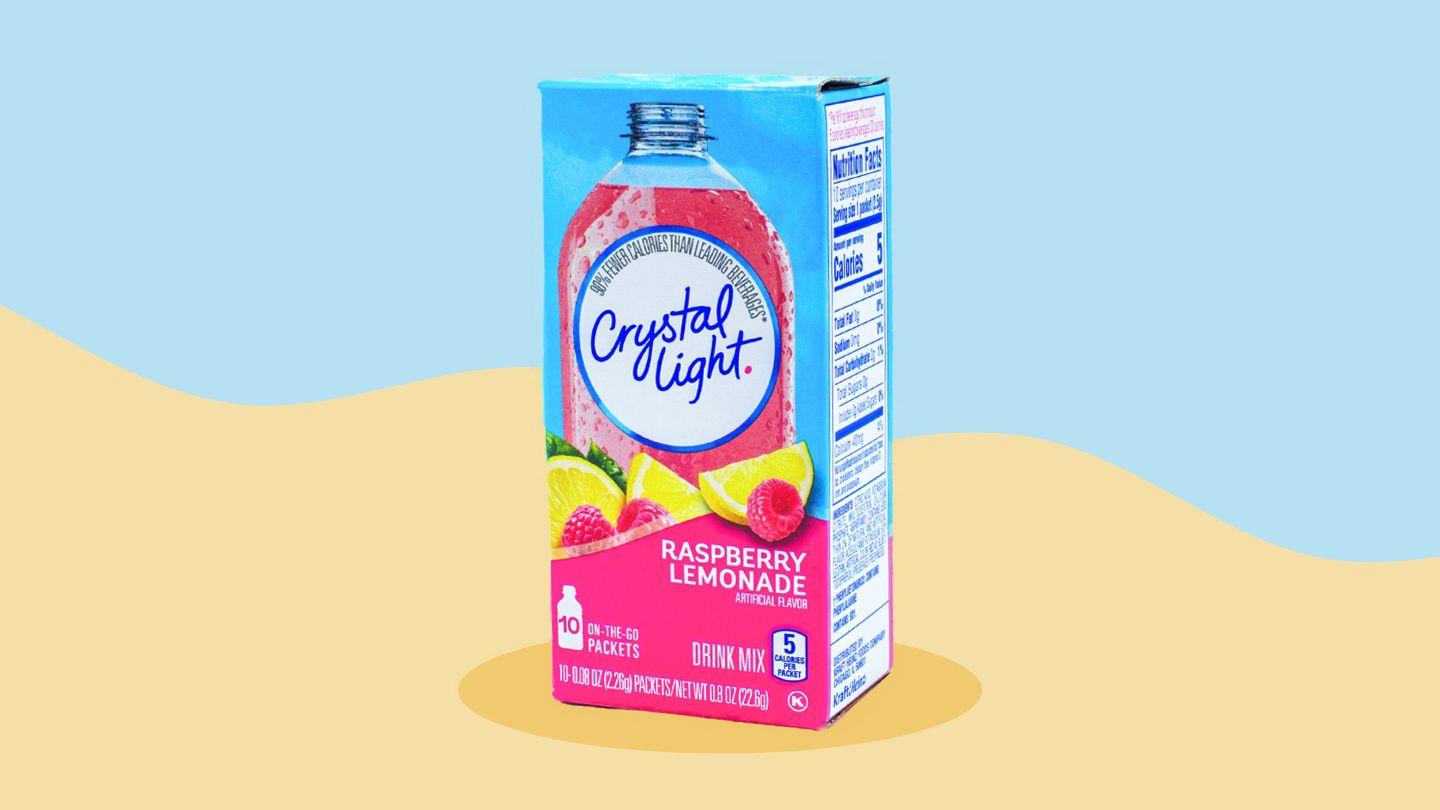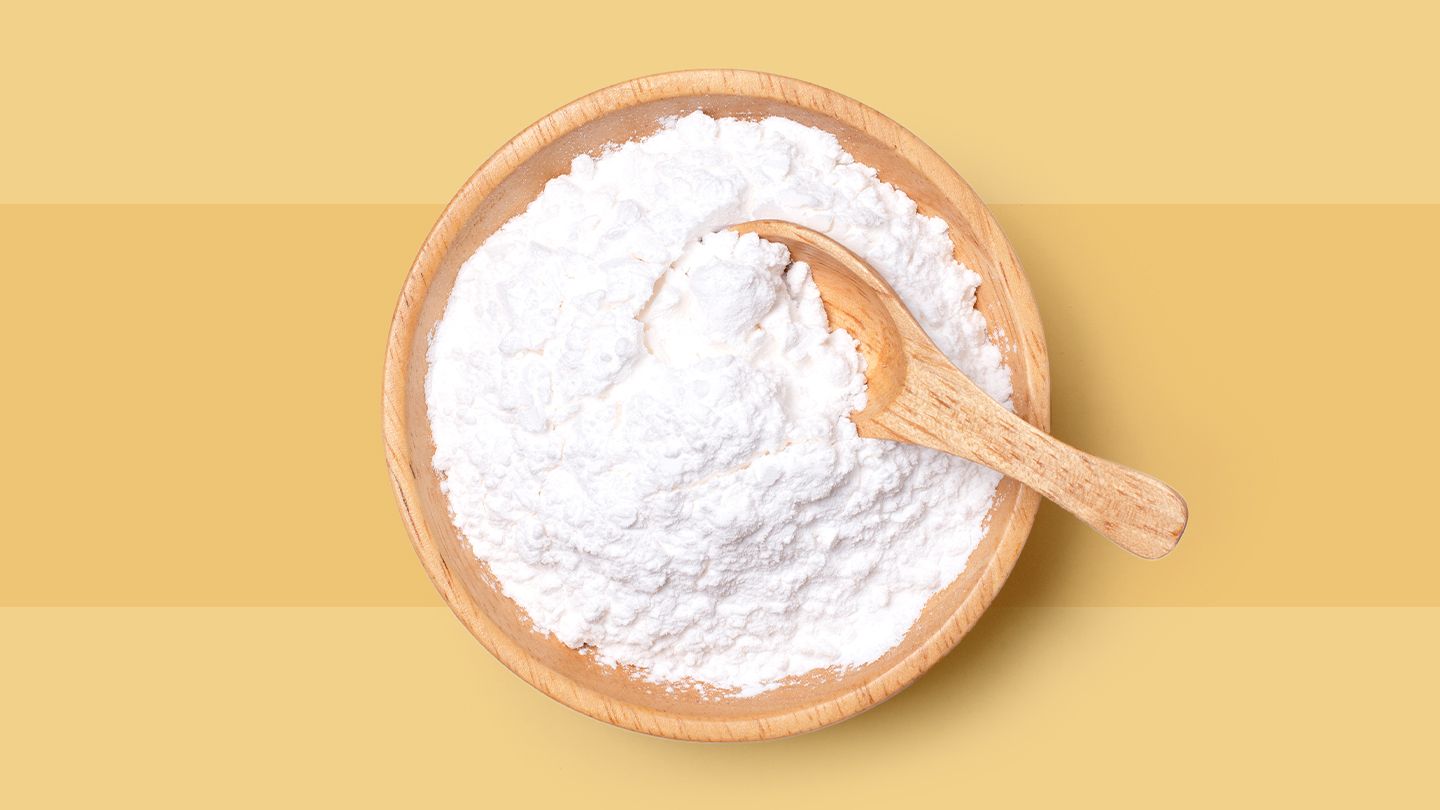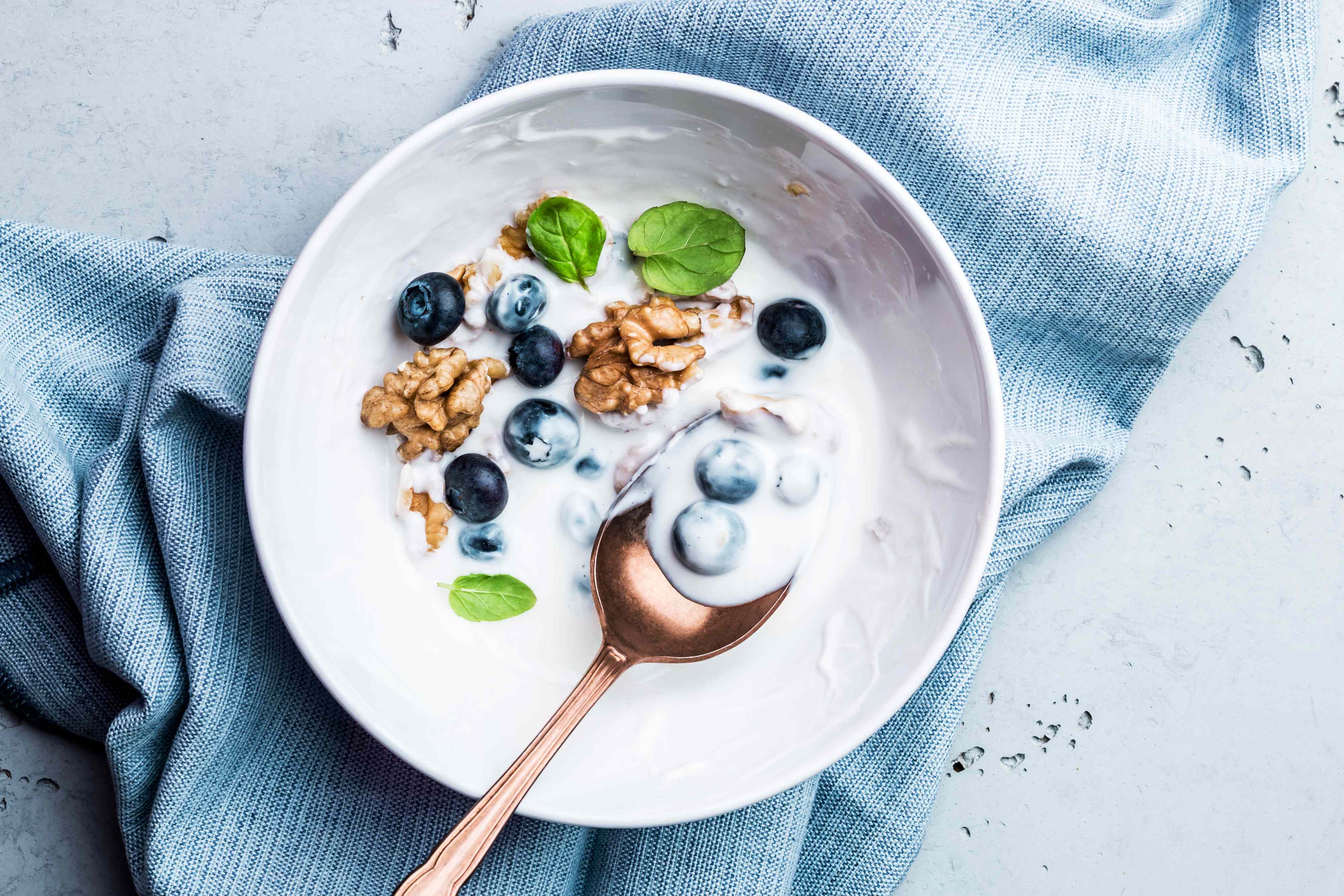Is Crystal Light Harmful? Pros, Cons, and Answers

Understanding Crystal Light: Ingredients, Benefits, and Considerations
Crystal Light is a popular brand of beverages that come in a variety of flavors. These drinks are known for having little or no calories and containing zero sugar and fat. While it may help reduce added sugar intake, Crystal Light does not provide essential nutrients. This article explores the pros, cons, and facts related to Crystal Light and its impact on health.
Ingredients and Nutrition
Crystal Light comes in many varieties, but the basic ingredients typically include citric acid, potassium citrate, maltodextrin, calcium phosphate, and acesulfame potassium, as listed by the U.S. Food and Drug Administration (FDA). Some versions also contain small amounts of natural and artificial flavors, soy lecithin, and artificial color.
Here's a breakdown of the main ingredients:
- Citric acid: A naturally occurring substance used as a preservative and flavoring agent.
- Potassium citrate: A form of the mineral potassium used as a preservative.
- Acacia gum: Used as a thickening and stabilizing agent.
- Potassium sorbate: A preservative.
- Sucralose: An artificial sweetener.
- Aspartame: Another artificial sweetener.
All these ingredients are approved by the FDA and considered generally recognized as safe (GRAS).
The nutritional content of Crystal Light varies depending on the type you're drinking. According to the FDA, a packet of the beverage contains:
- Calories: 5
- Total fat: 0 grams
- Cholesterol: 0 milligrams
- Sodium: 35 mg
- Total carbs: 0 grams
- Dietary fiber: 0 grams
- Sugar: 0 grams
- Protein: 0 grams
While Crystal Light may not be the most nutritious choice, it can be a better option than calorie- and sugar-rich drinks if used as a replacement.
Crystal Light and Weight Management
Each 8-ounce glass of a Classic line Crystal Light drink has about 5 calories and no sugar, according to FoodData Central. This makes it a good alternative to sugary sodas and juices.
Replacing high-calorie and sugar-laden drinks with Crystal Light could aid weight loss by reducing overall calorie intake. The refreshing flavor of Crystal Light can also help with hydration, which may prevent misinterpreting thirst as hunger, as noted by the Cleveland Clinic.
However, while Crystal Light has few calories and no sugar, its artificial additives might affect weight management. Lisa Young, PhD, RDN, author of Finally Full, Finally Slim, notes that while Crystal Light itself likely won't cause weight gain, people often compensate for saved calories by consuming more high-calorie foods. Additionally, the intense sweetness of artificial sweeteners might lead to cravings for sweet foods.
Is Crystal Light Safe to Drink, and Does It Have Any Side Effects?
Two main ingredients in Crystal Light have raised concerns: artificial colors and artificial sweeteners like sucralose and aspartame. Although the FDA considers them safe, there is ongoing research both supporting and questioning their use.
For those looking to avoid additives, Crystal Light Pure offers a version without artificial sweeteners, flavors, or preservatives. It uses sugar, dried corn syrup, and stevia leaf extract instead of aspartame. However, it's still a processed beverage, so healthier options are available.
Artificial Colors
Crystal Light contains artificial colors such as yellow 5, red 40, and blue 1. The FDA reports that some individuals may have allergic reactions to these additives, though this is rare. Studies suggest potential links between artificial food dyes and issues like behavioral problems in children and autoimmune disorders. In 2025, the FDA encouraged manufacturers to phase out petroleum-based dyes due to health concerns.
Artificial Sweeteners
Artificial sweeteners can help reduce calorie intake, but some experts warn they might lead to overeating high-calorie foods. They can also alter taste perception, making naturally sweet foods less appealing. Research has linked artificial sweeteners to side effects like headaches and depressive symptoms.
Special Conditions and Dietary Considerations
Crystal Light is generally safe for healthy adults in moderation, but certain conditions and diets require careful consideration.
Diabetes
Alternative sweeteners like aspartame do not affect blood sugar levels. However, sucralose has been linked to reduced insulin sensitivity, though more research is needed. Stevia, found in some products, may help lower blood pressure and blood sugar in people with diabetes.
Phenylketonuria
People with phenylketonuria cannot properly metabolize phenylalanine, an ingredient in aspartame. Therefore, aspartame can be harmful to them.
Kidney Disease
Crystal Light is a suitable alternative to sugary beverages for those with kidney disease. It can encourage fluid intake when mixed with water.
Dyskinesia, Sleep Disorders, and Anxiety Conditions
The Mayo Clinic recommends limiting aspartame if you have conditions like tardive dyskinesia, sleep disorders, or anxiety. Those taking certain medications should also be cautious.
Pregnancy
Hydration is crucial during pregnancy, and Crystal Light can be a hydrating, low-sugar option. However, some studies suggest a possible link to preterm birth or increased infant size, though it is still considered safe in moderation.
Keto Diet
Crystal Light has no sugar and few carbs, making it potentially suitable for a keto diet. However, some people report headaches from artificial sweeteners, so individual responses may vary.
Fasting
Some people use artificially sweetened drinks during fasting. However, the Cleveland Clinic advises avoiding artificial sweeteners during fasting due to limited research on their effects.
Alternatives to Crystal Light
There are many alternatives to Crystal Light that are free from artificial additives. Options like kombucha, flavored water, coconut water, and sparkling water with citrus can provide hydration and flavor without artificial ingredients. Making homemade flavored water with fresh fruits and natural sweeteners like erythritol is another great option.
Conclusion
Crystal Light can be a useful tool for reducing calorie and sugar intake, but it’s important to consider its ingredients and potential effects. For those seeking healthier alternatives, there are numerous options available that offer better nutrition and fewer additives. Always consult with healthcare professionals for personalized advice.

